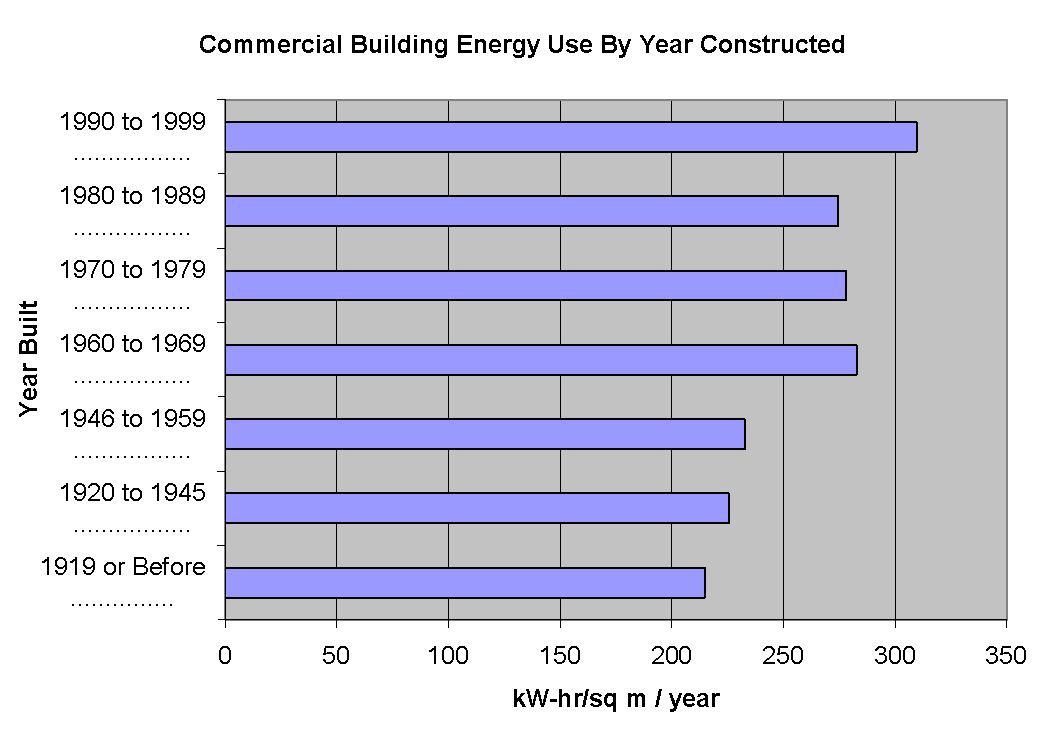
Modern buildings are complex systems comprised of a vast number of different materials and products assembled on the building site (in fact, the average school contains more individual parts than an airliner). The quality of the design, manufacture and construction of different building sub-systems and their interactions will determine how well a building fulfills the needs of the users and how much of an environmental burden it places on the world.
Unfortunately, a large proportion of all buildings, both new and old, are deficient or inefficient in a variety of ways, including durability, utility, appearance, affordability, energy use, occupant health, safety, and productivity. Recent estimates place the costs of building deterioration in the billions of dollars per annum. Although difficult to measure, the extra cleaning, maintenance, and health costs (estimated at $200 billion (US) per year in the US) due to poorly functioning buildings is likely several times greater. The topics listed at the side pertain to a specific building problems with which BEG has experience.
As an example of the poor performance of buildings, consider a relatively simple measure: energy consumption. The plot presented below compares the annual energy consumption in kWhr/ square meter, of commercial buildings for a range of different building ages. It is clear that our building are using MORE energy, not less. Many other measures (health, durability, cost) exhibit the same disturbing trend.
